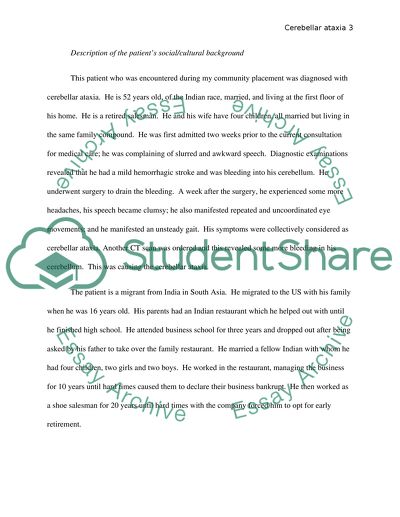Cite this document
(“Patient with cerebellar ataxia , 52 years old from Indian married Essay”, n.d.)
Retrieved from https://studentshare.org/psychology/1427562-patient-with-cerebellar-ataxia
Retrieved from https://studentshare.org/psychology/1427562-patient-with-cerebellar-ataxia
(Patient With Cerebellar Ataxia , 52 Years Old from Indian Married Essay)
https://studentshare.org/psychology/1427562-patient-with-cerebellar-ataxia.
https://studentshare.org/psychology/1427562-patient-with-cerebellar-ataxia.
“Patient With Cerebellar Ataxia , 52 Years Old from Indian Married Essay”, n.d. https://studentshare.org/psychology/1427562-patient-with-cerebellar-ataxia.


